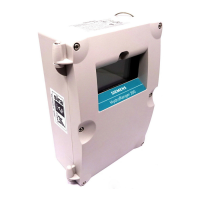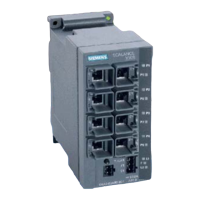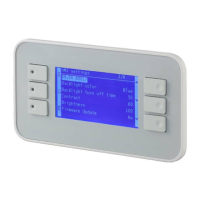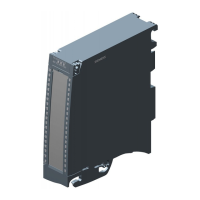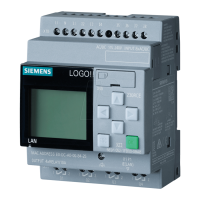Communications
C.39 Error handling
HydroRanger 200 HMI
Operating Instructions, 06/2018, A5E36281317-AC
345
Errors can be traced to two general sources:
1. There is an error in transmission.
2. The host tries to do something that is not a valid action.
In the first case, the device does not respond and the master waits for a response time out
error, which causes the master to re-send the message.
In the second case, the response depends on what the host tries to do. In general, the
device will not give an error to the host request. Various actions and the expected outcome
are as follows:
● If the host reads an invalid register, the host will get an undetermined value back.
● If the host writes an invalid register (a non-existing parameter or a
parameter),
the value will be ignored and no error response will be made. However, the current value
will not reflect the desired new value.
● If the host writes a
register, then the value will be ignored and no error
response will be made. However, the current value will not reflect the desired new value.
● If Write Protection (5.1.) (Page 271) is activated, then the value will be ignored and no
error response will be made. However, the current value will not reflect the desired new
value.
● If the host attempts to write one or more registers that are out of range, an exception
code
or
is generated, depending if the start address is valid.
● If the host used an unsupported function code, an exception code of
should be
generated. However, this is not guaranteed and there may be no response.
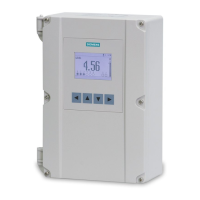
